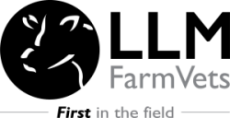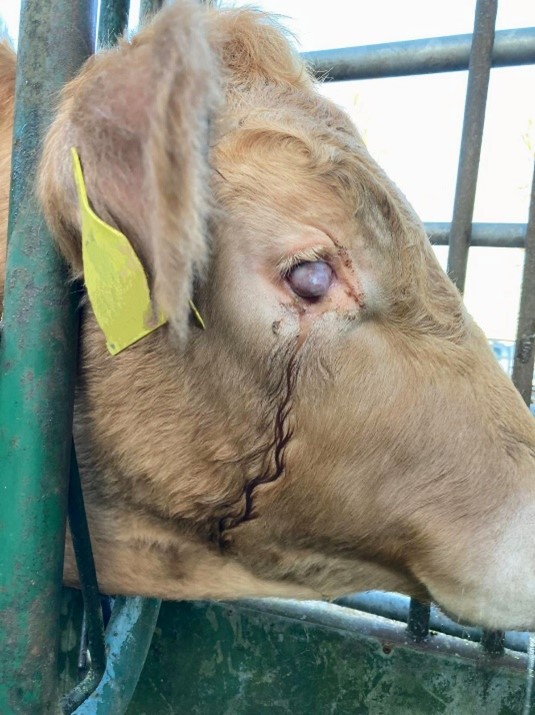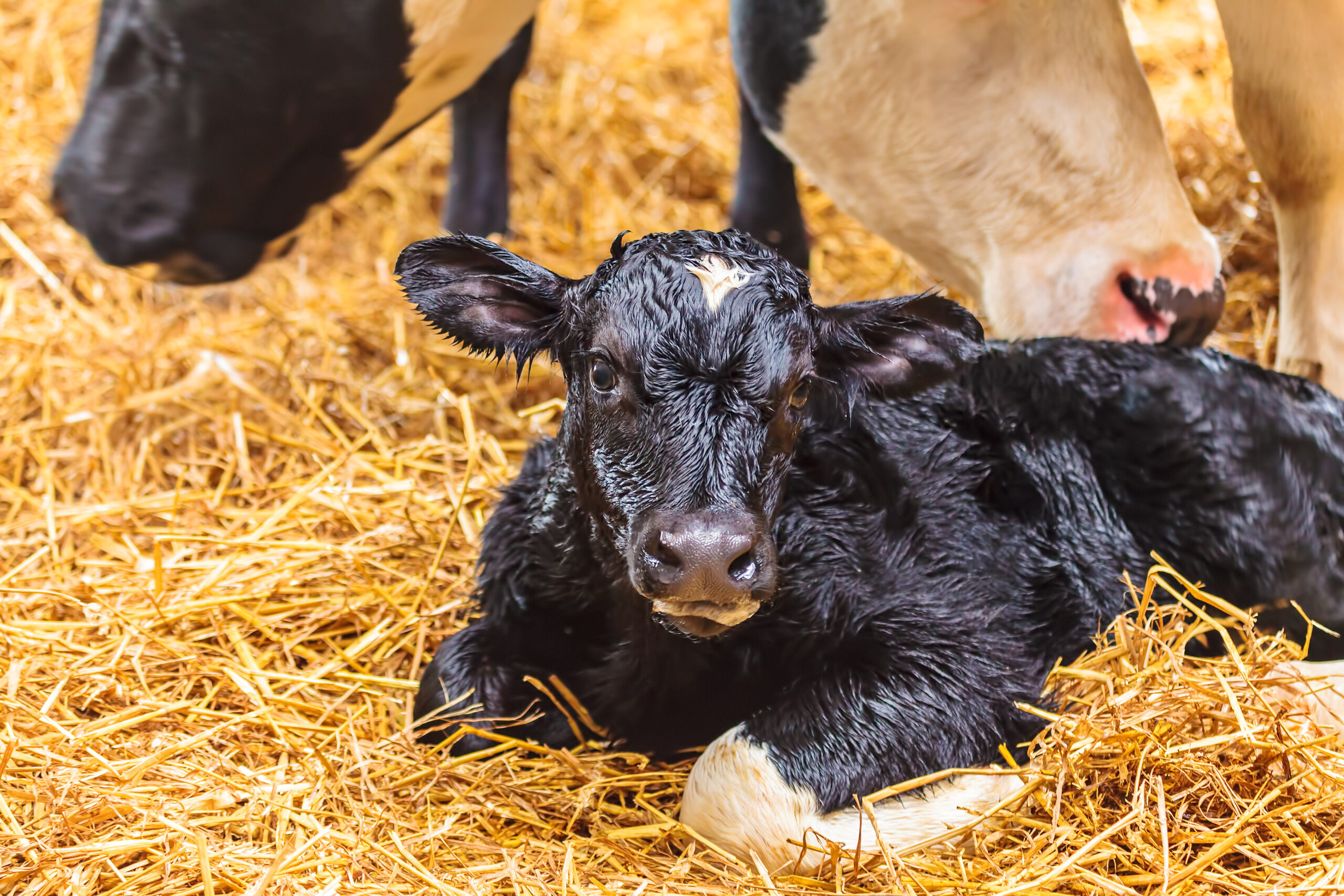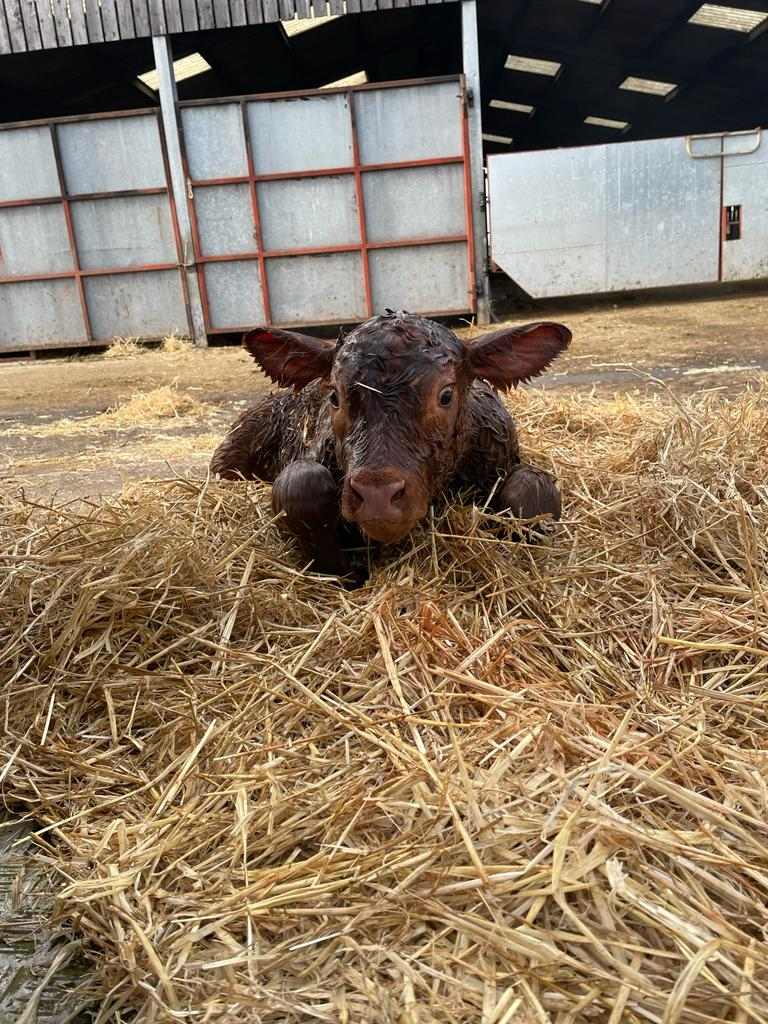On 30th March, we hosted a farmer meeting at The Buck in Bangor-on-dee kindly sponsored by Boehringer-Ingelheim and Arwain ADG. It was a great evening with a big turnout, good food and wide discussions about all things milk powder. Throughout the evening, many questions were asked so we thought it would be good to share a few of them.
1. Do we need to worry about copper levels in milk powder?
A study looked into feeding different amounts of copper. Reduced growth rates were seen from >200mg, but calves only had increased mortality from 1000mg due to copper toxicity1. It is rare for a powder to contain >10mg so all powders are safely in range. Calves will get additional copper from calf starter, and some can pass from the dam in utero before birth so milk powders are kept low in copper to prevent toxicity risk.
2. Do any powders use antibiotic milk etc?
Good quality UK produced powders do not use antibiotic milk for production. However, imported powders or poorer quality ones may have less restrictions for production, so it is always worth asking.
3. What are the benefits of high growth rates?
High total growth Average Daily Gain (ADG) of ≥0.850 kg/d was associated with a 22 day lower Age at First Calving (approximately 1 estrous cycle of heifers) compared with low ADG of <0.85kg/day2
Research carried out by Alex Bach has also stated that for every extra 100g average daily live weight gain achieved in the first 2 months of life, there can be an extra 225kg yield produced through the first lactation.
Royal Veterinary College research, shows that calving at 24 months rather than 26 months reduces average rearing costs by 16%.
Thinking about this another way, the cost of rearing a heifer increases by £2.87 for every day increase in age at first calving over 24 months.
4. Do amino acid inclusions make a difference?
Research is currently being done to see if specific concentrations of amino acids can make up for a reduction in crude protein in the powder to reduce the cost of production. There is still more research needed in this area, especially when looking into
5. What is the difference between milk powder and whole milk nutritional values?
Whole milk is naturally higher in both protein and fats (25-28% and 28-30% respectively), compared to most powders where we target 23% and >20%. However, the benefits of milk powder are that they have lower disease risk for example Johnes, they are more consistent in nutritional values, and they are easier to store.
6. Is it more important to hit the protein or fat targets?
Both are as important as each other with protein being essential for growth and fats being essential for energy provision. Regarding the protein however, it is vital to check what the source is, as plant proteins are not digestible to young calves. Therefore, even if the target protein percentage target is met, the calf will not actually be able to digest and use it if it is a plant based protein. All milk powder producers will be able to tell you the dairy protein percentage of the powder.
If you have any other questions regarding calf milk powders please get in touch.
References:
1. Jenkins, K.J. and Hidiroglou, M., 1989. Tolerance of the calf for excess copper in milk replacer. Journal of dairy science, 72(1), pp.150-156
2. Krpálková, L., Cabrera, V.E., Vacek, M., Štípková, M., Stádník, L. and Crump, P., 2014. Effect of prepubertal and postpubertal growth and age at first calving on production and reproduction traits during the first 3 lactations in Holstein dairy cattle. Journal of dairy science, 97(5), pp.3017-3027.










Leave A Comment